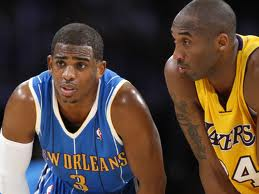Awful Announcing last week was the latest to take ESPN to task for its well known practice of piggybacking on someone else’s’ news stories and either portraying them as being broken by the WWL or as revealed by “anonymous sources.”
It is becoming an increasingly common complaint among non-ESPN sports reporters that after they break a story ESPN will run with a similar story and attribute it to sources. ESPN then might later credit the proper source, but not always.
The article notes two recent cases where this has happened. Tim Brown of Yahoo broke the Albert Pujols to the Angels and quickly afterward ESPN’s Buster Olney has “sources” that confirm the trade. The second was Brett McMurphy at CBS broke the Big East expansion story and again ESPN missed the boat crediting sources for its version.
In the past it has been noted that reporters such as Fox’s Jay Glazer often break big football stories that are then shown on ESPN’s Mort Report unattributed. But now it seems that more and more people are speaking out against the practice, including a number of ex-ESPN people who certainly must have some insider information on the topic.
The article goes on to provide some pretty funny comments from rivals that show what they think of the practice. One from Greg Doyle notes that “Someday I hope to break a story so big that ESPN credits me, even if it does misspell “Doyel” as “sources”
While this might just seem to be petty sniping, breaking news is hard, and someone that is out in front of the pack on news stories deserves to be credited for their work. I am sure many people have been incensed when someone at their work gets or takes credit for something that you did, ESPN just plays on a bigger stage.
In the rush to get news out quickly it is always possible to forget to properly credit the original source, and no doubt everybody that has done any amount of reporting has probably been guilty of this at least once, but it does seem that it is a fairly common occurrence in Bristol.
















